Honeysuckle variety Amphora
Amphora is a mid-late variety of honeysuckle, bred in St. Petersburg at the Pavlovsk experimental station of the V.I. N.I. Vavilov using wild Kamchatka Honeysuckle (Lonicera kamtschatica). Acts as a seedling from free pollination of the Roxana variety. The authorship belongs to M.N. Plekhanova, A.V. Kondrikova and K.F. Efimova.
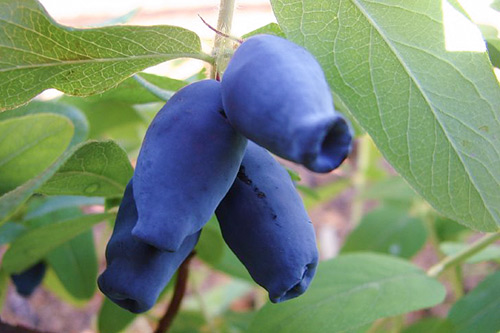
Since 1998, the variety has been included in the State Register of Breeding Achievements of the Russian Federation. Suitable for cultivation in cold regions of Russia.
Bushes of medium size (up to 1.4 - 1.5 m in height), erect, with a dense, compact rounded crown. Skeletal branches are thick, straight, reddish-brown in color, directed upward at an oblique angle. Shoots are straight, with pubescence in the form of coarse, spaced hairs, the color of the bark is crimson. Leaves are elongated-oval, green in color. The leaf blade is dense, fleecy, weakly folded along the midrib.
The decorative appearance of the bushes makes it possible to use this honeysuckle in garden design.
Flower petals are spread apart, corollas are greenish-yellow in color, tubular-bell-shaped, strongly pubescent. The length of the stamens does not extend beyond the anthers. Unopened anthers are yellow. Bracts are subulate. There are no three-flowered inflorescences.
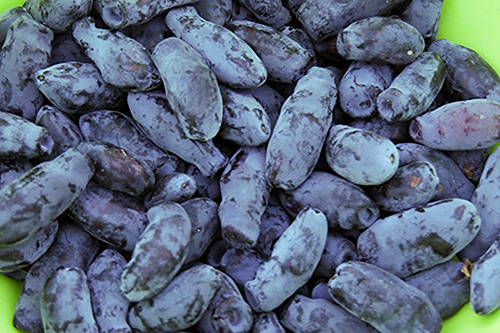
The fruits of Amphora honeysuckle grow quite large (in length - about 2 cm, average weight - 1.2 - 1.5 g, maximum weight - up to 3 g), a beautiful elongated jug-like shape, almost with a smooth surface. The skin is thick, dense, bluish-blue in color, with a strong waxy bloom.
The pulp is dense, gristly, without aroma, harmonious sweet and sour taste (sourness is felt weakly), with a slight bitterness and lingonberry flavor, dessert type. On a 5-point tasting scale, the taste of the variety is estimated at 4.5 points.
In terms of chemical composition, the berries contain: dry matter (13.8%), the amount of sugars (7.6%), acids (2.6%), ascorbic acid (58 mg / 100 g). A variety of universal use, ideal for homemade preparations (compotes, preserves, juices). Transportability is good.

Honeysuckle Amphora is fast-growing, begins to bear fruit from the 3rd year. Fruits ripen together, from the second half of June, towards the end of the month (in Moscow conditions - 5 - 7 days later than varieties of Moscow selection), ripe berries remain fresh for a long time and do not crumble. Depending on the growing conditions, the yield can range from low (0.8 - 1.3 kg / bush) to above average (1.7 - 2 kg / bush). The level of winter hardiness is high. The variety is resistant to secondary flowering. Disease resistance is generally good, but the leaves and tops of young shoots can still be damaged by pests.
The variety is self-fertile. Its best pollinators can be varieties: Altair, Bakcharskaya, Bazhovskaya, Viola, Gzhelka, Blue Spindle, Lazurnaya, Malvina, Moraine, Nymph, Pavlovskaya, In memory of Gidzyuk, Violet.
The main advantages of Amphora honeysuckle include: large berries with a dessert taste, winter hardiness, resistance to shedding and secondary flowering.
No significant shortcomings have yet been identified in the variety.
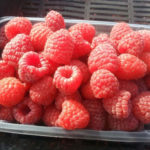
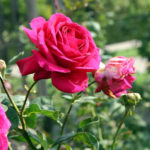
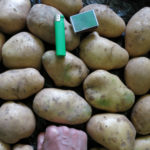
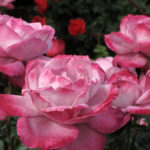
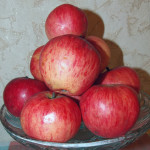
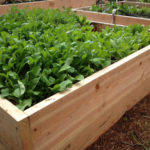



My favorite !!!